L’Anse aux Meadows National Historic Site
The first proven European settlement in North America, established 1000 years ago in Newfoundland.
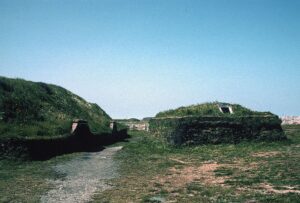
The first proven European settlement in North America, established 1000 years ago in Newfoundland.

Excavation of the ancient Greek city of Troy, site of the Trojan War.

A collection of more than 800(!) structures – a fortress, religious sites, houses, cemeteries and many more – dating from about 100 AD until the 18th century.

A beautiful agrarian landscape reflecting a Renaissance aesthetic.
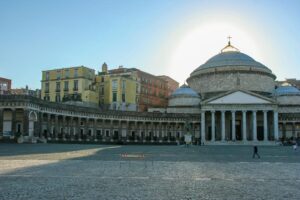
An ancient Italian city containing a wealth of elements – architecture, art, archeology – displaying its long history.

An Eastern European city center with its original medieval street layout and architectural forms spanning centuries.

A scenic and dramatic landscape of rugged mountainous coastline and small towns crowding the slopes above the sea.

A South American city with an extremely well-preserved center and beautiful examples of the “Baroque school of Quito.”

An architectural retrospective of Portugal and the Knights Templar in the form of a monastic center dating to the 12th-16th century.
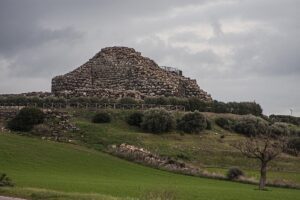
Ruins of a Bronze Age society that built unique circular defensive structures.

Extensive archeological site of an ancient Greek commercial center on an Aegean island.

Impressive fortifications and the original urban center of a historically important city.

An important market town for hundreds of years and an outstanding example of urban planning, with a range of historical architectural styles.

A well-preserved medieval, Renaissance and Baroque city inside extensive intact fortifications.
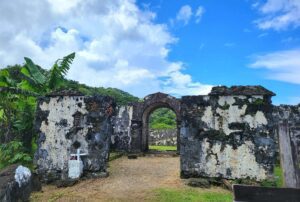
Ruins of Spanish colonial-era fortifications extending along the Caribbean coastline of Panama.

A magnificent Gothic abbey on top of a small island in a bay with dramatic tides.

A beautifully intact example of a medieval trading city.

The holiest place in Buddhism, containing archeological evidence of Lumbini’s importance as a pilgrimage site.

Evocative ruins of Champa kingdom Hindu temples, elaborately carved, with brick towers.

A beautifully-preserved and very picturesque medieval trading city.

A Spanish colonial river port with a collection of authentic and well-preserved colonial-era churches and other buildings.

A rural landscape shaped by centuries of farming, where old agricultural techniques are still in use.
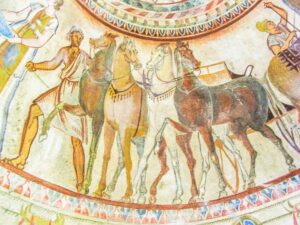
A 4th-century tomb containing frescoes that are masterpieces of Hellenistic Thracia.

A medieval Old Town and a neoclassical New Town that harmonize beautifully and that influenced European urban planning.

A collection of Roman ruins showing the importance of the “Rome of the North” in Germany.

City of Black Gold and treasury of baroque and Portuguese colonial architecture.

Extensive temples and tombs that illuminate the history of ancient Egyptian civilization in architecture, art and text.

A grand Roman city and its later Romanesque additions, well-preserved in Arles city center.

Two striking buildings from Portugal’s “Golden Age” of global exploration and seafaring.

For radio buffs, a surviving operational example of pre-electronic radio technology.

An unusual castle expressing Frederick II’s search for perfection, leading him to design the castle around the number 8.

A city exemplifying 2000 years of uninterrupted artistic and architectural development.

An isolated island of dramatic landscapes: a nature sanctuary, with ample evidence of human fortitude in such a remote spot.

A rare example of architecture from the Carolingian period.

A colorful, dynamic and diverse Caribbean island capital with four distinct historical districts.

A fine collection of fanciful Romantic-style palaces and castles.